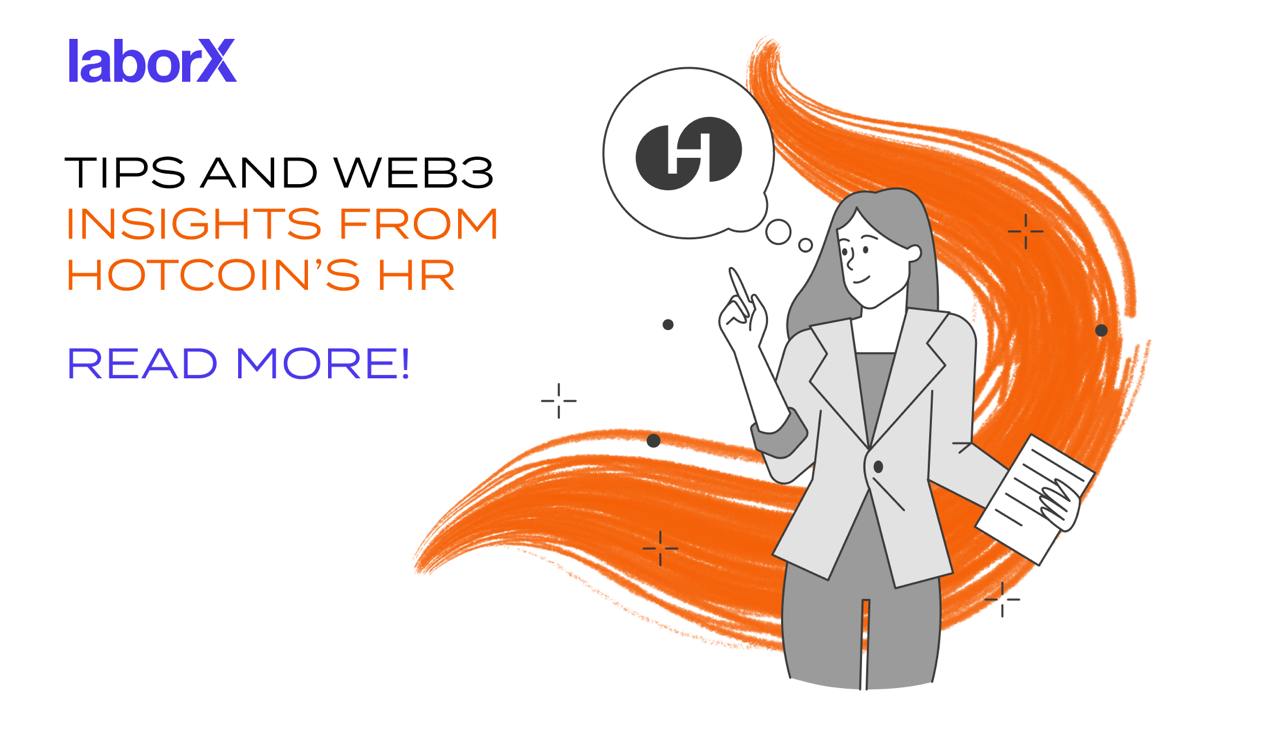
Embracing Change: HR in the World of Digital Assets
Hotcoin’s HR shares her journey from traditional industries to the world of Web3 and crypto, highlighting key insights on thriving in this space.
Read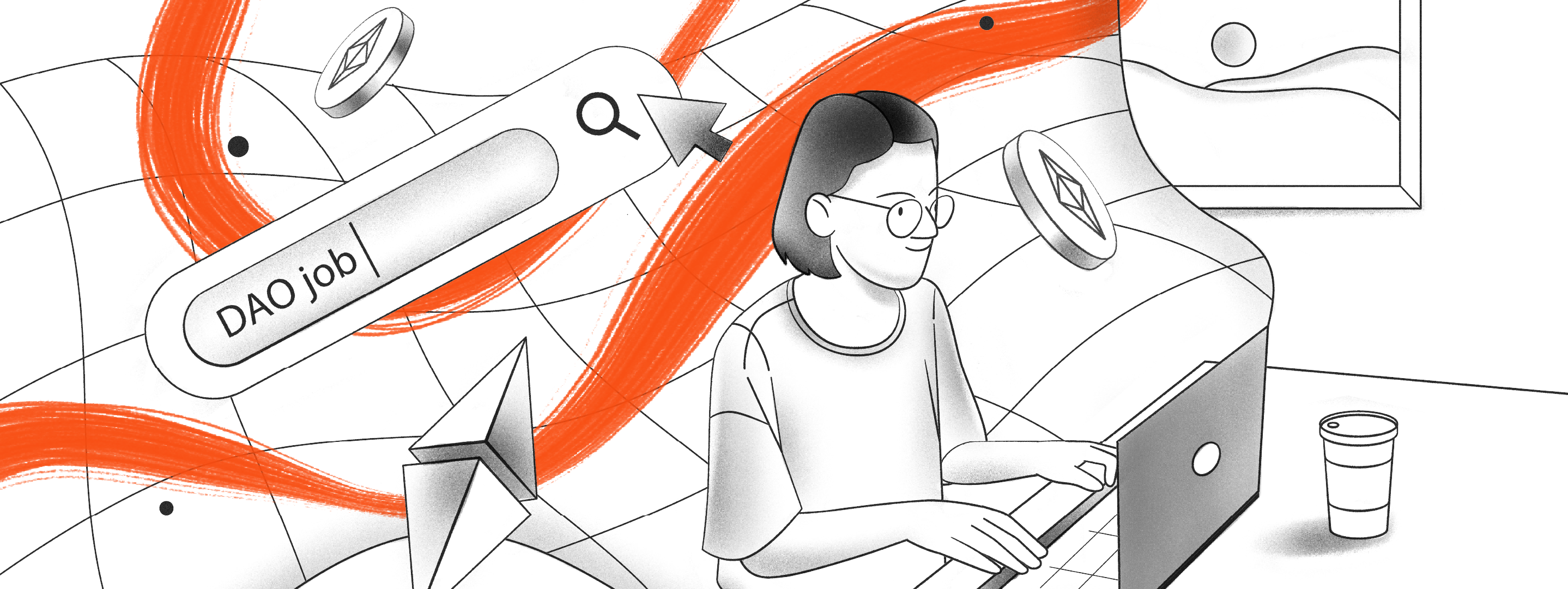
Decentralised Autonomous Organisations (DAOs) are blockchain-based entities that are run collectively by communities of token holders rather than by centralised boards or CEOs. Just like traditional companies, they aim to generate revenues, manage funds, and turn a profit for their stakeholders. And, just like regular enterprises, they employ staff for a wide range of purposes – though the way in which they source, reward, and treat talent can be strikingly different.
A Decentralised Autonomous Organisation, or DAO, is a community-run organisation, hosted on the blockchain, and with critical decisions about the way the project is managed taking place via votes taken by token holders.
DAOs are an increasingly common organisational structure in the DeFi world. While dApps (decentralised applications) seek to distribute the vital infrastructure of financial services by hosting them on the blockchain, there are often still single points of failure in the management of projects, since key decisions are taken by an individual or small team. A number of DeFi projects have been shut down after their founders were targeted by the authorities in one or other jurisdiction, or stole the money and disappeared. DAOs replace these centralised teams with community-controlled decision-making, ensuring that action cannot be taken or funds spent without collective agreement.
The concept of a DAO was introduced in the original Ethereum white paper, which described a DAO as ‘a virtual entity that has a certain set of members or shareholders which, perhaps with a 67% majority, have the right to spend the entity's funds and modify its code. The members would collectively decide on how the organization should allocate its funds.’
Within this broad structure there is a high degree of flexibility in the way DAOs are run, activities are incentivised and funds are allocated, including ‘bounties, salaries [and] even more exotic mechanisms such as an internal currency to reward work.’ The overall aim is to replicate the legal structure of a conventional organisation, but conduct business processes solely on the blockchain. This follows the ‘code is law’ principle, where decisions are enforced automatically and rely only on software.
The first DAO was arguably Bitcoin, which is managed by miners and follows a simple set of rules to enable secure, decentralised transfer of digital value. However, anything more complex that resembles a traditional organisation requires smart contracts, or code that runs on the blockchain. DAOs, as they are generally understood, have therefore only existed since the launch of Ethereum, the first true smart contracts platform.
DAOs have proven controversial, with the first DAO (named simply ‘The DAO’, launched in 2016) being shut down after a hacker exploited a vulnerability in the code and drained millions of dollars worth of ETH from it. This is one of the trade-offs of ‘code as law’: there is little legal recourse in these circumstances, especially since the identity of the hacker was unknown. The resulting division in the community about how this should be addressed led to the split of the blockchain into Ethereum and Ethereum Classic.
However, many lessons were learned, and today there are numerous DAOs that function securely and effectively – and in a very different way to their centralised counterparts. However, they still employ staff to carry out the many tasks required to maintain and promote them, including software developers, marketing professionals, business development experts, administrators, and even legal and compliance teams.
DAOs are a hot trend in DeFi, but not all DAOs are equal. They come in a wide range of forms, with varying degrees of community control and decentralisation. Some are DAOs in name only, and are really run by a small group, or even a single developer. Some so-called DAOs feature community votes, but the results are not enacted automatically on-chain, instead being implemented by the team (who could, of course, choose not to respect the community’s wishes). Other projects might charitably be described as ‘aspiring DAOs’, and are gradually making progress towards full community management but still rely on core teams.
Still others have taken the final steps towards DAO status, and ended reliance on any centralised teams that launched them. MakerDAO is perhaps the first such project. It was launched in 2015 by Danish entrepreneur Rune Christensen, who announced his intention to build a decentralised stablecoin, which became known as Dai. For several years the Maker Foundation managed the project and bootstrapped the Maker Protocol, which can be used to generate Dai and ensure that it maintains its $1 peg. MKR token holders were given progressively more responsibility for the protocol, until control was fully handed to the community and the Foundation was dissolved in 2021. Today, Dai is the best-known decentralised stablecoin, with a supply of around 7 billion, and MakerDAO is one of the foremost and most successful examples of a DAO.
The Maker Protocol is extremely complicated, and there is a high governance overhead for the community. Other DAOs are far simpler, and decision-making is much easier. Uniswap is the first and best-known AMM (Automated Market Maker), a form of decentralised exchange that enables users to provide and trade against liquidity held in a smart contract. Decisions about how the protocol is run are made by UNI token holders. As with MakerDAO, these start out as proposals submitted by community members, and progress to on-chain votes.
A number of other well-known DeFi projects have followed the same pattern, issuing or selling governance tokens that can be used to update their protocols and allocate funding for various purposes. Lending platforms Aave and Compound are two further examples.
It’s not only DeFi platforms that are managed this way, though. DAOs are becoming a popular way to safeguard funds collected for a specific purpose, avoiding trust in a single party or even a group of multi-sig holders. UkraineDAO was founded by a group of artists and activists, to raise and distribute funds to help those affected by the war in Ukraine. Over $7 million has been donated to date. Another example is ConstitutionDAO, which was founded to collect and manage funds with the sole purpose of purchasing an original copy of the United States Constitution. The project raised $47 million and raised awareness of the use cases for DAOs, but closed and returned the ETH collected to backers, after the funding proved insufficient to both buy and securely store and insure the document.
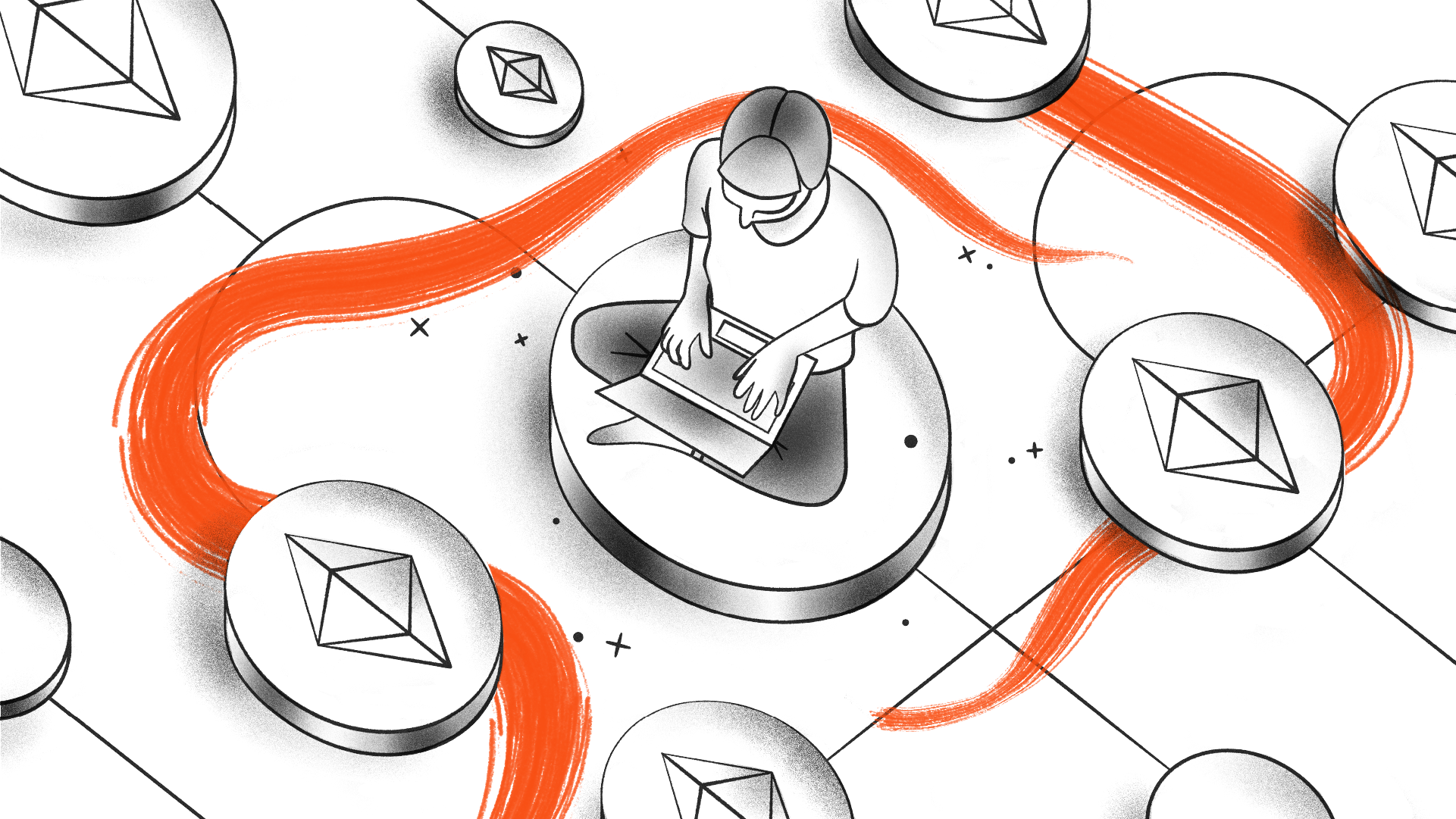
The open and permissionless nature of DAOs means that jobs are often publicly advertised on forums and social media, as well as – occasionally – on conventional platforms like LinkedIn. How you apply will depend entirely on how the DAO is structured. In some cases, you will literally be applying to ‘the DAO’ – that is, you’ll post your application on a public forum, or submit a proposal, and the decentralised community will vote directly on it. In other cases, the DAO will be organised in such a way that you’ll apply via an intermediary. For example, some DAOs have sub-groups (such as MakerDAO’s Core Units), which are allocated a budget by the wider DAO but have autonomy over how it is spent. In some cases, recruitment is even dealt with by a dedicated party within the DAO.
More and more DAOs are being launched, or reaching the stage where they need to take on more staff. Here is a small sample of what’s out there.
Alliance DAO is a Web3 accelerator that takes early-stage crypto companies and puts them through a nine-week program of mentoring and project development, with a view to gaining funding and scaling rapidly. The DAO also enables job seekers to submit their profiles to over 100 of Alliance’s accelerated startups, including some of the biggest names in the blockchain space.
Olympus is the DAO that issues and manages OHM, a decentralised, asset-backed reserve currency. There is a dedicated Olympus Work Discord that deals with recruitment and job opportunities.
Treasure DAO is a decentralised network of games and gaming communities. There is a bounty programme for various tasks, or you can join a guild to get stuck into a particular community.
MakerDAO is one of the best-known DAOs. The project is organised into Core Units, which manage their own hiring, but it’s also possible to suggest one-off tasks directly to the DAO via proposals. Jobs and proposals are managed via the Maker Forum.
The process of getting paid when working for DAOs varies considerably, just as it does for recruitment.
Payment can be direct or indirect. That is, if you are working for a sub-group (like a Core Unit) within the DAO, then the whole process can be very similar to conventional employment. In fact, groups may have their own legal structure (like a limited company), with bank accounts and regular accounting and HR departments. Payment might take place monthly, in stablecoins or bank transfers. There may also be options for payments in the DAO’s governance token, either as part of your regular pay agreement, or as a performance-related bonus.
Alternatively, things can be far more informal and unconventional. You might be applying to the community for retrospective payment for work already completed; the DAO will then vote on whether to pay you. In most cases, this will be a formality, since the scope of work and remuneration will have been agreed (again by the community) in advance – but there is still the possibility that the vote will go against you. Payment may be in stablecoins like USDC, in ETH, or in other assets, including the DAO’s native token. Either way, you’re solely responsible for all the arrangements and submitting payment proposals to the DAO – and there’s no legal comeback in the (hopefully unlikely) event that you are turned down.
Working for a DAO isn’t for everyone, but it can be extremely rewarding. There generally isn’t much in the way of job security, and you won’t be protected by the kind of employment law that’s taken for granted in a regular job. On the other hand, the risk is often reflected in the pay you can earn, which may be not only significantly higher than in comparable roles in TradFi, but above even what is common in crypto companies with a traditional structure.
Pros of working for a DAO
Cons of working for a DAO
DAOs are becoming the default structure for DeFi projects, once they have finished their bootstrapping stage and become less dependent on a core team of developers. It’s likely that there will be more and more DAO jobs available in the future, as decentralised technologies and protocols gain mainstream traction.

Hotcoin’s HR shares her journey from traditional industries to the world of Web3 and crypto, highlighting key insights on thriving in this space.
Read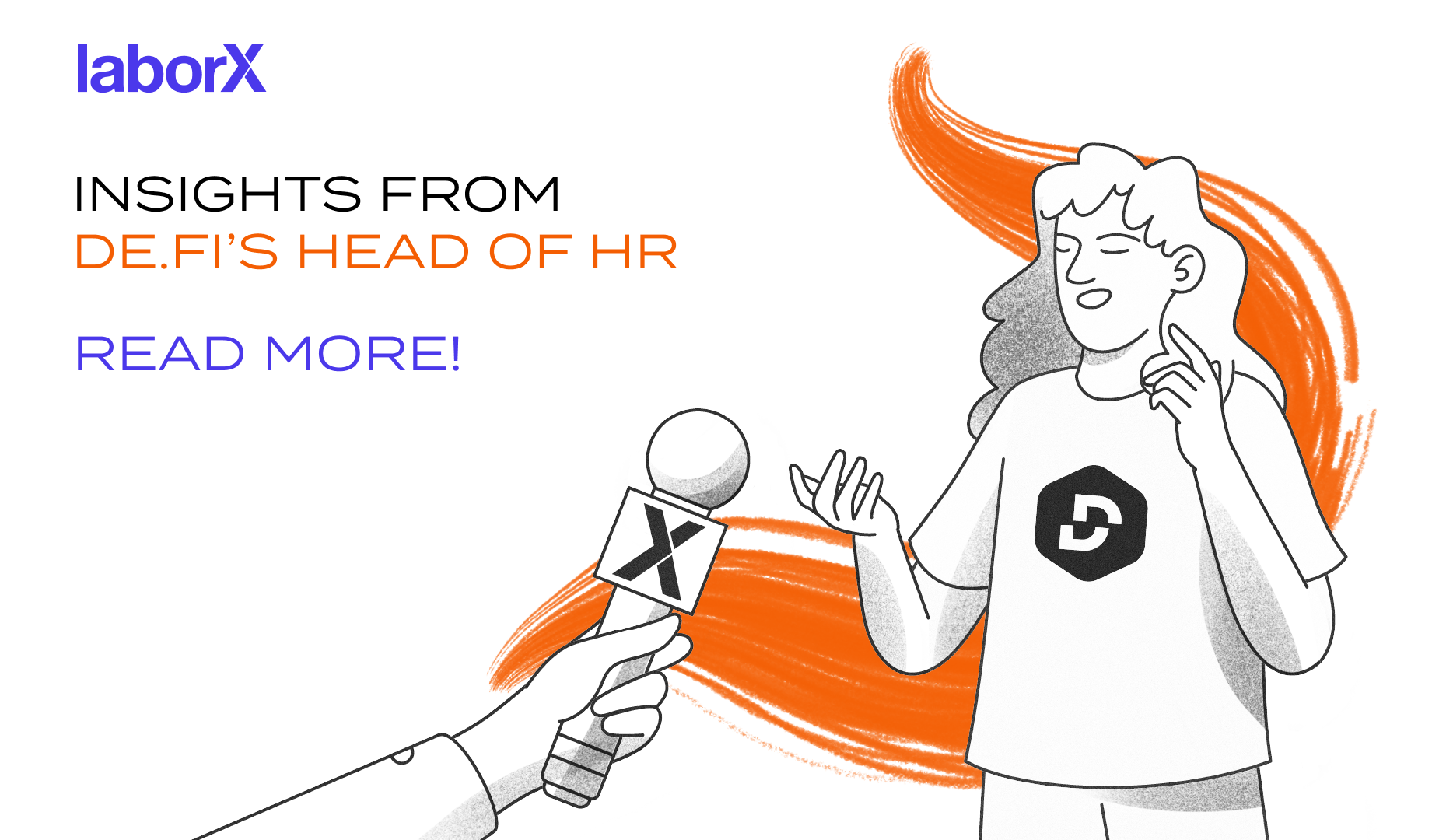
Discover how Web3 is reshaping HR practices with insights from a leading expert in the field.
Read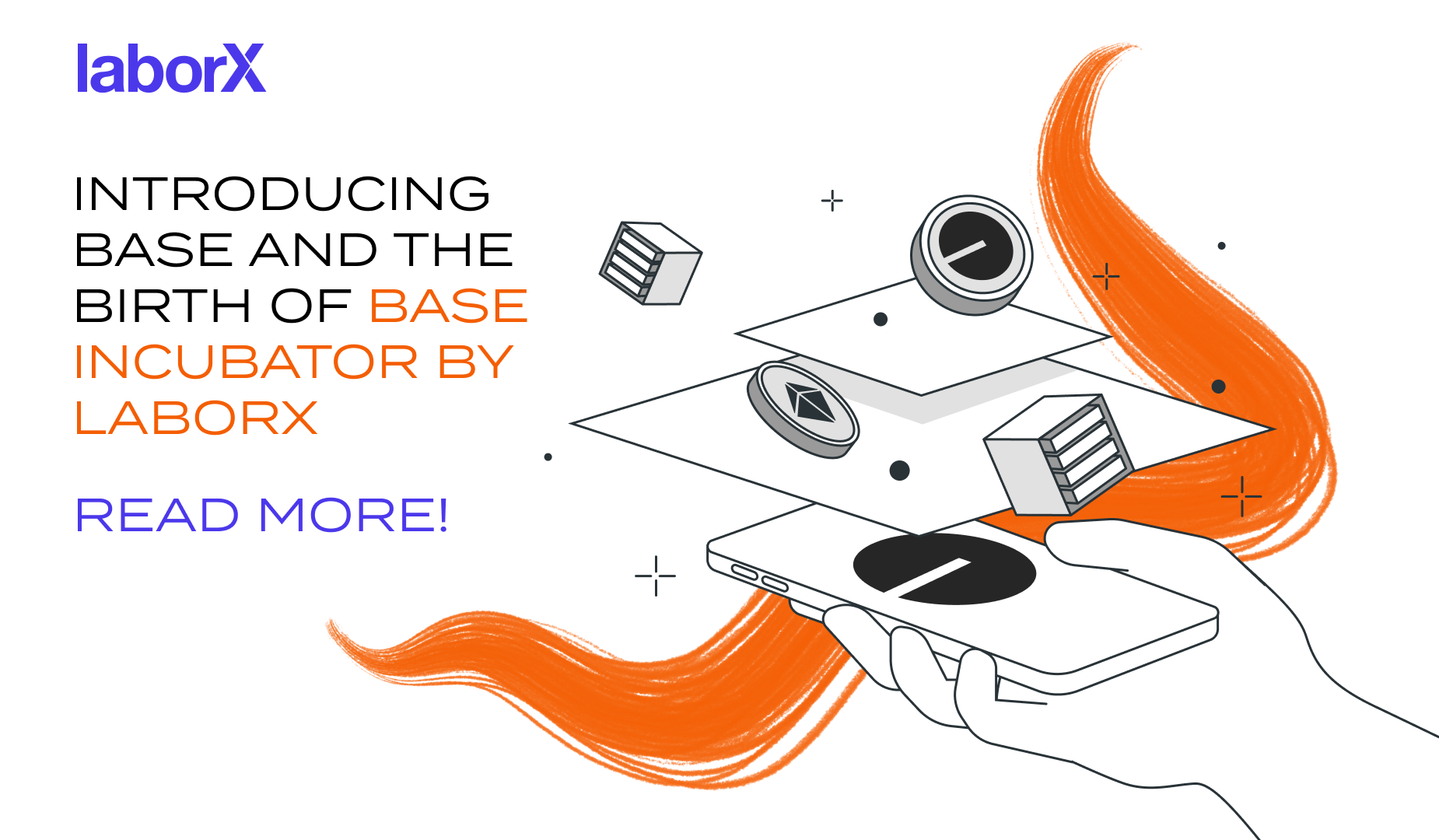
Discover Base's innovative L2 solution addressing scalability, security, and user experience challenges in crypto. Learn about Base Incubator by LaborX, fostering growth and innovation within the Base ecosystem.
Read